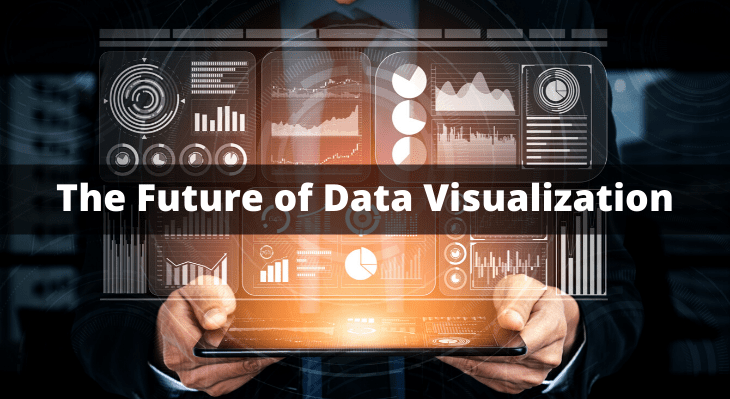In the age of big data, technologies and tools such as data visualization are essential for analyzing a massive amount of information and making parameterized decisions.
A recent report on global market data visualization tools assessed a decisive analysis of the industry at a global and regional level.
The future of the data visualization industry is expected to register a CAGR of over 9% during the 2019-2024 forecast years.
The data visualization market receives more investments each year and there are several factors that give impetus for it to grow even more in the coming years.
Visualizing information has existed for a very long time and it will still exist in the future, of course. And maybe even more than yesterday, because today data is an integral part of the global economic system.
Benefits that data visualization can bring to your organization’s daily life:
- Optimizes decision-making: By simplifying the understanding of information, decision making is made faster, cheaper and with much more foundation. Since the company’s KPIs are constantly monitored and analyzed. It is possible to create a more natural decision flow.
- Identifies trends: Real-time data allows for intelligent and more reliable reading, enabling analysis of past, current and future trends in the market and industry. In this way, the company obtains competitive advantages and differentiates itself in the market.
- It promotes insights: Through the creative exploration of data, decision-makers, as well as the team, who have easy access to reports, now have the ability to tell stories through the insights hidden in the numbers. Visually arranged data allows individuals to see patterns and gain insights more quickly.
- Reduces the possibility of errors: The use of a centralized control panel minimizes communication failures and accelerates data consolidation, ensuring that important decisions are based on reliable and up-to-date information.
To make all of this possible, rapid advances in data visualization have enabled the creation of dozens of tools to meet different needs of the market.
Also Discover: Pros and Cons of Data Visualization
Mobile applications and social networks increasingly use geo-referencing. In this way, it is possible to know where a customer is and send personalized and useful information at the moment, in order to stimulate a purchase.
This trend will be present in the future, where applications will start to integrate more analysis based on geotags.
Storytelling is more than a marketing buzzword, the technique serves as a guide to sort the entire critical mass of data that is thrown at us.
But big data can tell some good stories about your business and your activity if it is neat and arranged inefficient and synthesized narratives.
Programming and data processing are on the rise. And the industry is leaning towards it, trying to turn databases into stunning interactive pieces of art.
Therefore, new professionals, such as designers and visual artists more focused in this area, start to gain space in the market, following the experiences of creative explosion for the design and the art of data visualization.
Data-driven graphics will be more than just a tool for managers and entrepreneurs.
Basic or bar pie charts will no longer be the only ones used to make the user’s life easier with BI solutions. The sheer volume and complexity of the data require new ways of analyzing the information.
Interactive dashboards are going to be a big trend this year by making the analysis faster and more efficient.
Employees of a company have access to data that is important for them to exercise their functions.
If earlier, the data was only available to top managers and decision-makers, in the future it is expected that there will be democratization in access to data. So that all employees are more informed and can perform their tasks better.
In the hands of analytical visualization tools, data, and future looks brighter!
You may also like to read: Top 15 Open Source Data Visualization Tools

